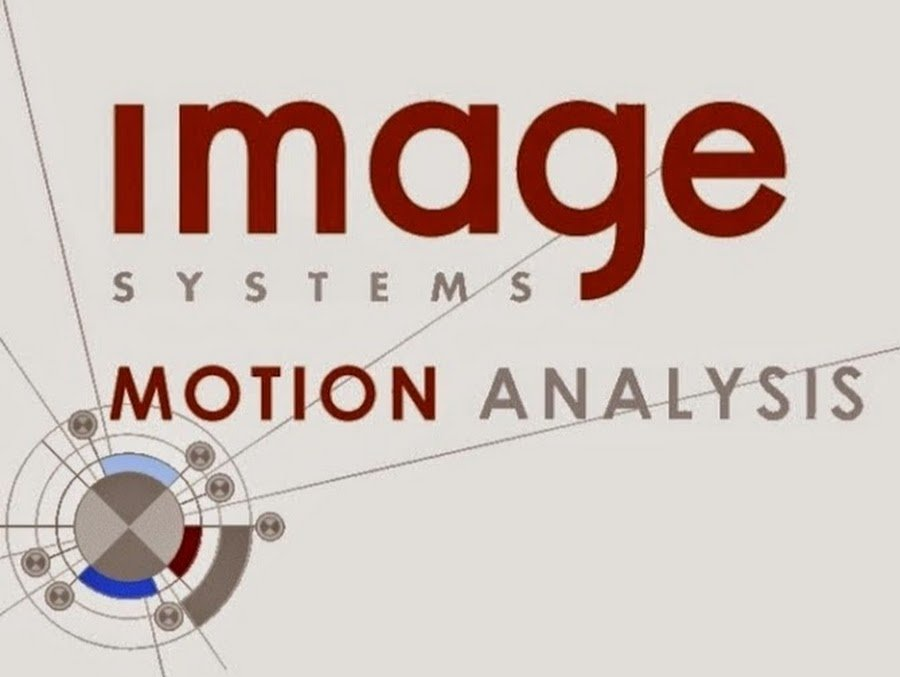Store separation:
Verifying the simulated behavior of a store during flight test is a technically complex issue. Using TRACKEYE Stores Release 6DoF makes the task easy, even with only one camera, to analyze and obtain time stamped complete 6DoF data. The 6D (six degrees of freedom, 6DoF) optional add-on package for TRACKEYE provides functionality for computing the position (x, y, z) as well as the attitude (roll, pitch, yaw) of one or more rigid objects, which are observed by at least one camera mounted on wing tips or under the fuselage of an aircraft.
Blast and Fragments analysis:
During an arena test, the ARENA application collects inputs from one or several cameras monitoring a single or multiple screens which are pierced by shrapnel and particles. The location and timing of each piercing is recorded. Then statistics can be performed on number and shape of fragments, mean velocity versus azimuth or elevation angles. The complete repartition of the fragments in space can be displayed in 3D diagrams.
Biomechanics analysis:
In order to gain a greater understanding of performance in athletic events through modeling, simulation, and measurement, TEMA can be combined with a set of cameras to get a powerful and highly cost-effective biomechanical 3D measurement system, suitable for applications like golf swings or cycling performances improvement.
Automotive crash labs applications:
TEMA Automotive is the market-leading software suite for advanced Motion Analysis tests in the automotive industry. Thanks to its high accuracy, modular structure, calculation speed and intuitive user interface, TEMA is used by professionals across the globe in a wide range of Automotive Testing applications from airbag deployment analysis to behavior of dummies during crash tests as well as car deformations after impact. Operators are able to import image sequences and automatically track any given object throughout the sequence via a set of dedicated tracking algorithms. The result is presented in predefined formats such as tables and graphs showing quantifiable values for example position, speed and acceleration over time.
Digital Image Correlation:
When designing any mechanical system, knowledge of the properties of the used material is crucial. To gain such knowledge, accurate measurements of the material’s strain and deformation can be done. Digital Image Correlation (DIC) is an optical, non-contact, full-field-deformation analysis method, based on monochromatic digital images, which can determine strain and deformation of an object under load.
With TEMA DIC it is possible to accurately measure full strain fields and extensometer strains over a complete surface. This allows for non-contact measurements of strain, allowing analysis of the material properties, without affecting the result through contact. TEMA DIC comes as a tracker option to TEMA.
TEMA DIC System is a complete system solution including all the required hardware and software for non-contact optical analysis for surface strain and displacement. The system is designed for easy set-up and use. The components are delivered in appropriate transport cases and are thus highly portable. Camera and lightening are mounted on a stable and flexible 3-axis geared head, attached to a perpendicular bar allowing for rough and fine position tuning. Calibration is done to correct for both lens distortion and angled motion plane deviation between the camera and the specimen. This feature is unique to TEMA DIC and enables the 2,5D tracking capability.
TEMA DIC and TEMA DIC System comes in a 2D and a Stereo version. The Stereo version has 2 cameras and is capable of measuring surface strain & deformation.
Drop Testing:
In combination with drop test machines, TEMA software offers complete 2D or 3D analysis of the drop of objects before and after impact on the ground. Accurate results can be displayed like the shockwave propagating on the surface of the device at impact. Customized coordinate systems can be used to display relative movements of the different parts of the device during the fall.
6Dof analysis:
The position of a rigid body can be described with six parameters referred as 6 Degrees of Freedom: three positions coordinates (x, y and z), which gives the position of a specific point on the body, and three attitude angles (roll, pitch and yaw), which gives the orientation in space. The modularity of the software gives the user an almost unlimited number of application areas from rifle analysis during burst shots through analysis of dummy head movement during crash tests in automotive industry.
Shock and Vibration analysis:
From big displacements to small ones after impact, the full 3D behavior of objects submitted to shocks can be analyzed using TEMA. Remaining vibrations of drills or bumpers as well as resonances of parts induced by impacts can be displayed in frequency diagrams using a range of sub-pixel accuracy algorithms.







